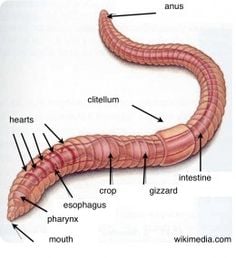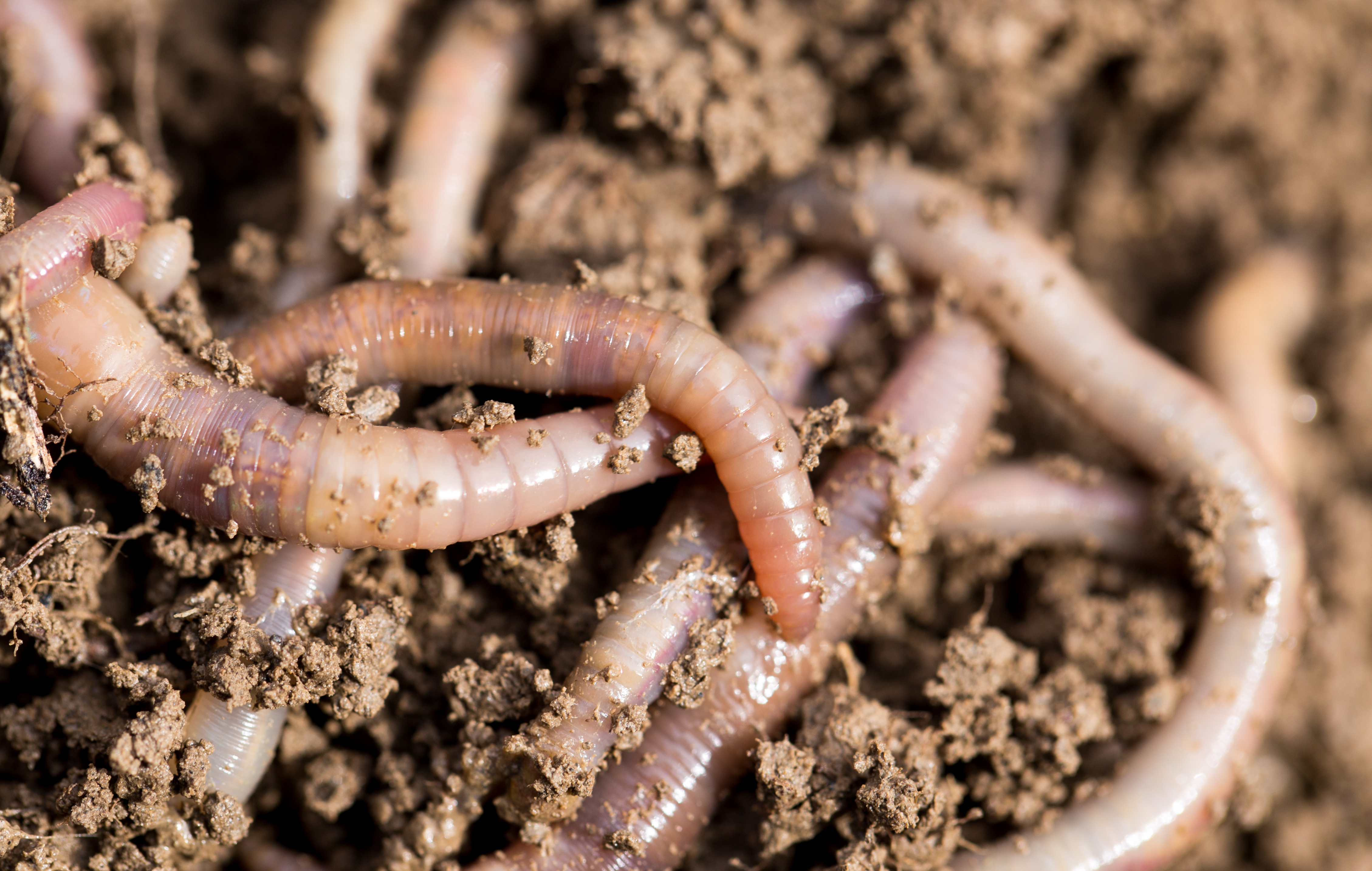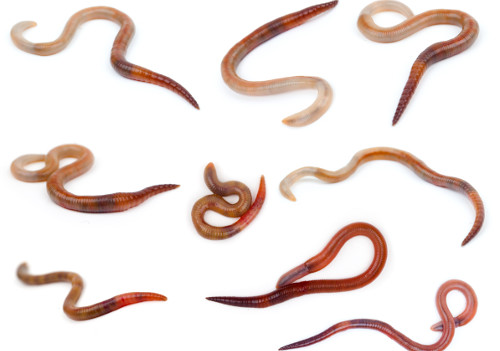Red Wiggler Worms - Efficient Decomposers for Your Garden Compost Container
Red Wiggler Worms - Efficient Decomposers for Your Garden Compost Container
Blog Article
Red Wiggler Worms Demystified: Unlocking the Tricks of Vermiculture for Greener Living and Nutrient-Rich Dirt
In the realm of lasting methods for improving soil quality and promoting eco-conscious living, red wiggler worms play an essential yet commonly forgotten duty. These humble animals have the impressive capability to transform organic waste into nutrient-rich castings that serve as a powerful natural plant food. By diving right into the world of vermiculture, one can reveal a plethora of benefits that prolong much past traditional composting approaches. Comprehending the complexities of caring for these worms, maximizing their environment, and harnessing their spreadings can bring about a greener lifestyle and much healthier dirt for plants to prosper.
The Role of Red Wiggler Worms
Red Wiggler worms play a vital function in composting systems by efficiently damaging down organic matter into nutrient-rich castings. These voracious eaters consume a selection of natural products, such as kitchen area scraps, backyard waste, and paper items. As they feed, the worms' gastrointestinal processes break down the raw material right into a fine, dark, and nutrient-dense product referred to as worm castings or vermicompost.
The castings generated by Red Wiggler worms are highly helpful for soil health and plant growth. They are rich in vital nutrients like nitrogen, potassium, and phosphorus, which are vital for sustaining healthy and balanced plant advancement. Additionally, worm castings have helpful germs and enzymes that help boost soil framework, boost water retention, and enhance nutrient uptake by plants.
Benefits of Vermicomposting

It enhances soil framework, improves dirt oygenation, and boosts soil dampness retention. Vermicompost likewise enriches the dirt with crucial nutrients like nitrogen, phosphorus, and potassium, promoting plant development and total soil fertility.
Furthermore, vermicomposting assistances lasting horticulture practices by offering a all-natural and chemical-free alternative to synthetic plant foods. Red Wiggler Worms. This environmentally pleasant approach not only improves the soil however additionally helps in reducing dependence on hazardous chemicals, promoting a greener and more lasting way of gardening
Establishing a Worm Container
When establishing a worm container for vermicomposting, proper arrangement is critical to ensure the success of the composting process. The initial step in setting up a worm bin is selecting an appropriate container. This can be a plastic bin or wooden box that supplies adequate space for the worms to move around and has correct drainage openings to stop waterlogging. Next, a bed linens product such as shredded paper, cardboard, or coconut coir need to be contributed to the bin. This bedding supplies a comfy environment for the worms and assists keep dampness levels.
After adding the bedding, present the red wiggler worms to the bin. It is advised to begin with a little number of worms and progressively enhance as they increase. The worms must then be offered with food scraps such as fruit and veggie peels, coffee grounds, and eggshells. It is necessary to stay clear of including meat, go dairy, oily, or salted foods to avoid bring in parasites and developing undesirable odors.
Frequently keep track of the dampness levels and temperature in the worm container to make sure optimal problems for the worms. With appropriate setup and upkeep, the worm container will efficiently transform organic waste right into nutrient-rich compost for your plants and yard.
Gathering Worm Spreadings
To effectively collect nutrient-rich worm spreadings from your vermicomposting system, a systematic harvesting approach is vital. When it comes time to harvest the worm spreadings, there are a few key actions to follow to make sure an effective process. To start with, quit adding fresh food scraps away of the worm bin for a couple of weeks prior to harvesting. This motivates the worms to move sideways with fresh bed linen and food, making it simpler to scoop out the spreadings from the opposite side.

Troubleshooting Common Issues
Identifying and attending to usual challenges that may develop throughout the vermicomposting process is important for preserving a healthy and efficient worm bin. Adding excess food scraps can lead to a buildup of dampness and level of acidity in the worm container, possibly hurting the worms. An additional issue is unpleasant odors rising from the worm bin.
In addition, if the worm population is declining or the worms show up unhealthy, maybe due to environmental stress factors such as extreme temperatures or pH degrees. Checking these elements and making needed adjustments is necessary for the health of the worms. By fixing these usual concerns quickly, vermicomposters can make certain a smooth and successful vermicomposting procedure Read Full Report while maintaining this content a prospering worm populace.

Final Thought
In conclusion, red wiggler worms play an important role in vermiculture by damaging down organic issue right into nutrient-rich soil. Establishing up a worm container is necessary for successful vermiculture, and harvesting worm spreadings supplies important compost for horticulture.
As they feed, the worms' digestion processes damage down the natural matter right into a penalty, dark, and nutrient-dense material known as worm spreadings or vermicompost.
The castings produced by Red Wiggler worms are highly beneficial for soil wellness and plant development. Adding excess food scraps can lead to a buildup of dampness and level of acidity in the worm bin, potentially harming the worms.In addition, if the worm populace is declining or the worms show up undesirable, it could be due to ecological stress factors such as extreme temperatures or pH degrees. Establishing up a worm bin is necessary for effective vermiculture, and harvesting worm castings provides important compost for horticulture.
Report this page